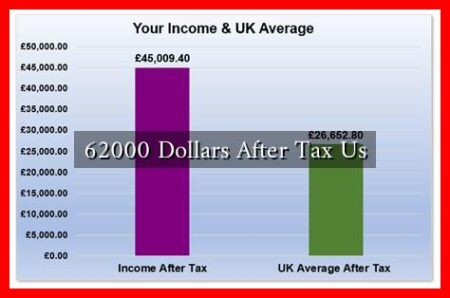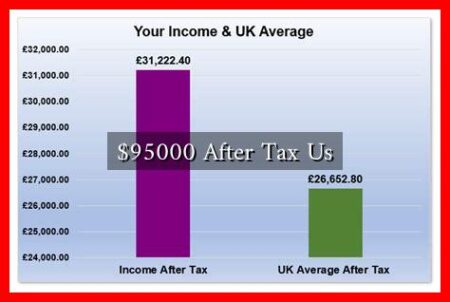-
Table of Contents
Understanding $100K After Tax in the U.S.: A Comprehensive Guide
In today’s financial landscape, earning a six-figure salary is often seen as a benchmark of success. However, the reality of take-home pay can be quite different once taxes are accounted for. This article delves into what it means to earn $100,000 after tax in the United States, exploring tax implications, cost of living, and financial planning strategies.
The Basics of After-Tax Income
After-tax income, also known as net income, is the amount of money an individual takes home after all taxes have been deducted from their gross income. Understanding how much you need to earn to achieve a specific after-tax income is crucial for effective financial planning.
Calculating Gross Income for $100K After Tax
To determine how much you need to earn to take home $100,000, you must consider federal, state, and local taxes. The U.S. has a progressive tax system, meaning that higher income levels are taxed at higher rates. Here’s a simplified breakdown:
- Federal Income Tax: Ranges from 10% to 37% based on income brackets.
- State Income Tax: Varies by state; some states have no income tax, while others can charge up to 13%.
- Social Security and Medicare Taxes: Typically around 7.65% combined.
For example, if you live in a state with a 5% income tax and you want to take home $100,000, you might need to earn approximately $130,000 to account for taxes. This calculation can vary significantly based on your specific tax situation.
State Variations in Taxation
The state you reside in can greatly affect your take-home pay. Here are some examples of states with varying tax structures:
- California: High state income tax rates (up to 13.3%) can significantly reduce take-home pay.
- Texas: No state income tax, making it easier to reach a $100K after-tax income.
- New York: High taxes, especially in New York City, can take a large chunk of your earnings.
For a detailed breakdown of state taxes, you can visit the [Tax Foundation](https://taxfoundation.org/state-individual-income-tax-rates-2023/).
Cost of Living Considerations
Even with a $100K after-tax income, the cost of living can vary dramatically across the U.S. Here are some factors to consider:
- Housing Costs: Major cities like San Francisco and New York have exorbitant housing prices compared to smaller towns.
- Healthcare: Costs can vary based on location and insurance coverage.
- Transportation: Urban areas may have higher public transport costs, while rural areas may require more spending on vehicles.
Understanding the cost of living in your area is essential for budgeting and financial planning. Websites like [Numbeo](https://www.numbeo.com/cost-of-living/) can provide insights into living expenses in various cities.
Financial Planning Strategies
Achieving a comfortable lifestyle on a $100K after-tax income requires strategic financial planning. Here are some tips:
- Budgeting: Create a detailed budget to track income and expenses.
- Emergency Fund: Aim to save at least 3-6 months’ worth of living expenses.
- Investing: Consider investing in retirement accounts like 401(k)s or IRAs to grow your wealth over time.
- Debt Management: Prioritize paying off high-interest debts to improve your financial health.
Conclusion
Understanding what it means to earn $100,000 after tax in the U.S. involves more than just looking at the paycheck. It requires a comprehensive understanding of tax implications, state variations, and the cost of living. By employing effective financial planning strategies, individuals can maximize their take-home pay and achieve their financial goals. Whether you are just starting your career or are a seasoned professional, being informed about your financial landscape is key to long-term success.


